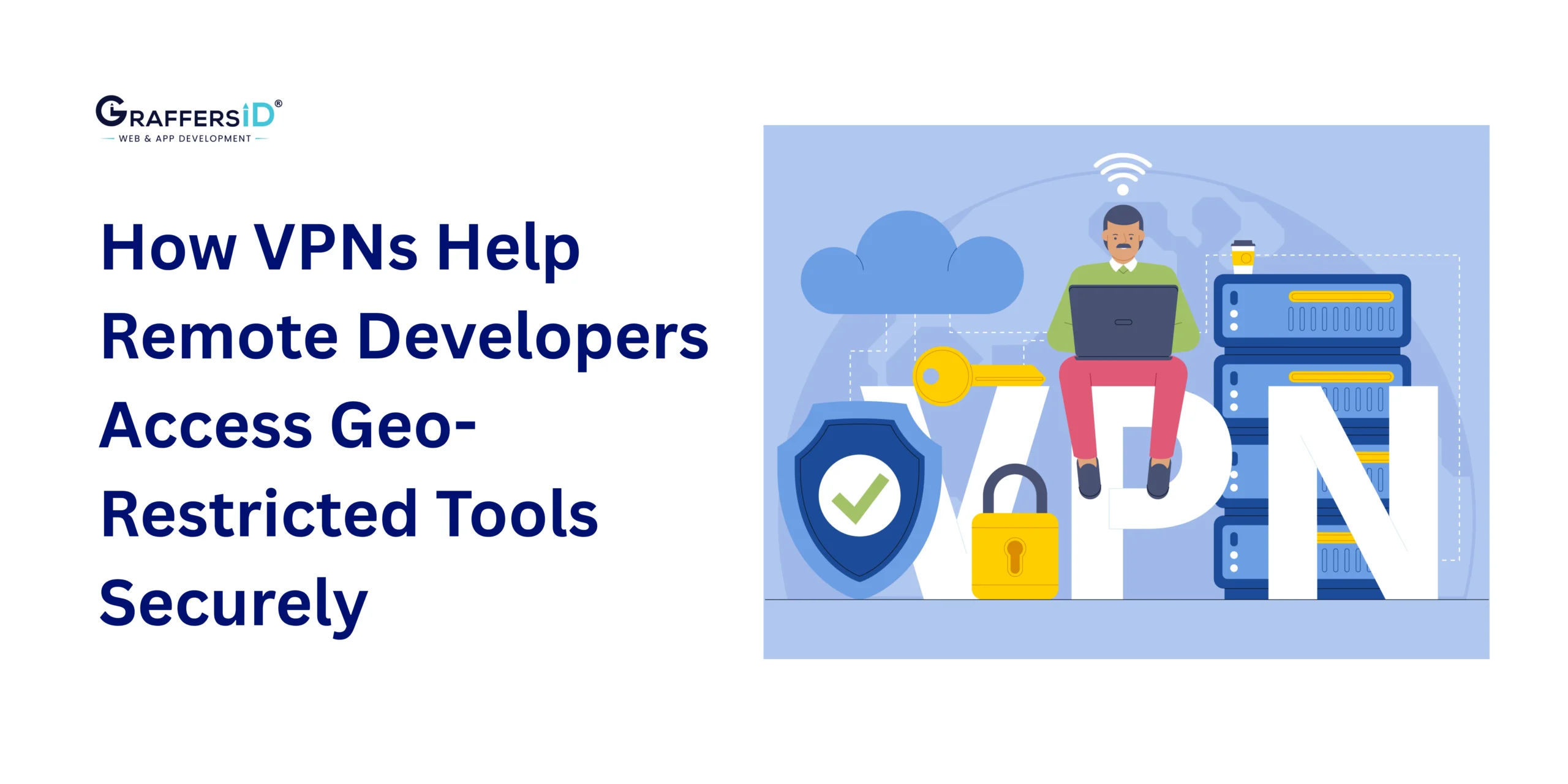In recent years, remote work has transformed from a niche concept to a mainstream reality. The COVID-19 pandemic accelerated this shift, forcing companies and employees alike to adapt to new ways of working. As we step into 2024, remote work continues to evolve, presenting a blend of opportunities and challenges that shape the future of work.
The Rise of Remote Work
Remote work is not a new concept. Its origins can be traced back to the Industrial Revolution when telecommuting began with the advent of telegraphs and later, telephones. However, it wasn’t until the late 20th and early 21st centuries that remote work gained significant traction, fueled by the proliferation of personal computers, the internet, and digital communication tools.
The COVID-19 Pandemic:
The outbreak of the COVID-19 pandemic in 2020 acted as a catalyst, accelerating the adoption of remote work on an unprecedented scale. With lockdowns and social distancing measures in place, companies worldwide were forced to quickly transition to remote work to ensure business continuity. This abrupt shift revealed both the potential and challenges of remote work, sparking widespread debate about its viability and sustainability in the long term.
Benefits of Remote Work in 2024

-
Flexibility and Work-Life Balance:
Remote work allows employees to design their work schedules around their personal lives, leading to improved work-life balance and overall well-being.
-
Increased Productivity:
Many studies have shown that remote workers are often more productive due to fewer distractions, reduced commute times, and the ability to create a customized work environment.
-
Cost Savings:
For employers, remote work can lead to significant cost savings in terms of office space, utilities, and other overhead expenses.
-
Access to Global Talent:
Remote work allows companies to tap into a diverse pool of talent from around the world, enabling greater creativity, innovation, and competitiveness.
Challenges and Considerations
While remote work offers numerous advantages, it also presents challenges that must be addressed for its sustained success:
-
Digital Fatigue:
Constant virtual communication and reliance on digital tools can lead to burnout and fatigue among remote workers.
-
Collaboration and Communication:
Maintaining effective collaboration and communication can be challenging in a remote setting, requiring companies to invest in robust digital infrastructure and communication strategies.
-
Workforce Equity:
Ensuring equity and inclusion for all employees, regardless of their work location, is crucial to prevent disparities and foster a cohesive organizational culture.
-
Cybersecurity Risks:
Remote work introduces cybersecurity vulnerabilities that require robust cybersecurity measures and employee training to mitigate risks.
Future of Remote Work in 2024

Let’s delve into the intricacies of what the landscape of remote work looks like in 2024 and beyond.
-
Hybrid Work Models:
One of the significant trends in remote work for 2024 is the widespread adoption of hybrid work models. Companies are embracing flexibility by allowing employees to work both remotely and in traditional office spaces. This model offers the best of both worlds, combining the benefits of remote work, such as increased productivity and work-life balance, with the collaboration and social aspects of in-person work.
-
Advanced Collaboration Tools:
With the rise of remote and hybrid work, the demand for advanced collaboration tools has surged. In 2024, we see a plethora of innovative platforms and technologies designed to facilitate seamless communication, project management, and virtual collaboration. From AI-powered virtual assistants to immersive virtual reality workspaces, these tools are reshaping how teams collaborate across distances.
-
Focus on Employee Well-being:
As remote work becomes more entrenched in the professional landscape, companies are placing a greater emphasis on employee well-being. In 2024, we witness a shift towards prioritizing mental health support, flexible working hours, and initiatives to combat burnout. Employers are investing in wellness programs, remote team-building activities, and creating inclusive work cultures that foster a sense of belonging, regardless of location.
-
Remote Work Policies and Regulations:
The legal and regulatory framework surrounding remote work is also evolving in 2024. Governments are updating labor laws to accommodate remote and flexible work arrangements, addressing issues such as taxation, data privacy, and employee rights. This shift reflects the growing recognition of remote work as a permanent fixture in the modern economy, requiring comprehensive policies to ensure fairness and compliance.
-
Global Talent Pool and Diversity:
Remote work has transcended geographical boundaries, leading to the formation of global talent pools. Companies in 2024 are tapping into diverse talent from around the world, leveraging different perspectives and expertise to drive innovation. This trend not only fosters diversity and inclusion but also enables organizations to access specialized skills that may not be readily available locally.
-
Sustainable Remote Practices:
In line with broader environmental consciousness, remote work in 2024 is embracing sustainable practices. Reduced commuting, flexible work hours, and virtual meetings contribute to lower carbon footprints and environmental impact. Companies are also adopting eco-friendly policies, such as paperless operations and energy-efficient technologies, aligning remote work with broader sustainability goals.
-
Upskilling and Continuous Learning:
The rapid pace of technological advancement requires employees to continuously upskill and adapt. In 2024, remote work environments foster a culture of continuous learning, with employers investing in training programs, online courses, and professional development opportunities. This focus on upskilling not only enhances employee capabilities but also ensures organizational resilience in an ever-changing landscape.
The Future of Remote Work:
As we look ahead to the future of remote work in 2024 and beyond, several trends and predictions emerge:
- Hybrid Work Models: Many companies are embracing hybrid work models that combine remote and in-office work, offering employees greater flexibility while maintaining opportunities for collaboration and connection.
- Focus on Employee Well-being: Organizations are prioritizing employee well-being by implementing policies and initiatives that address mental health, work-life balance, and remote work-related challenges.
- Digital Transformation: The accelerated adoption of digital tools and technologies will continue to drive digital transformation across industries, enabling seamless remote collaboration and communication.
- Regulatory and Legal Considerations: Governments and regulatory bodies are likely to introduce policies and regulations addressing remote work, including data privacy, taxation, and labor rights.
What industries benefit the most from remote work?
One of the most notable developments has been the widespread adoption of remote work across various industries. This paradigm shift has redefined traditional work setups and unlocked new opportunities for businesses and professionals alike. In this blog post, we will explore the industries that benefit the most from remote work and delve into how this transition has reshaped their operations, productivity, and growth prospects.
-
Technology and IT Services:
The technology sector stands at the forefront of remote work adoption, leveraging digital tools and communication platforms to enable seamless collaboration and project management. Tech companies, including software development firms, IT consulting agencies, and cybersecurity providers, have embraced remote work as a core aspect of their operations. This flexibility allows them to tap into a global talent pool, reduce overhead costs associated with physical office spaces, and maintain productivity levels even during challenging times such as pandemics or natural disasters.
-
Finance and Banking:
The finance and banking industry has traditionally relied on centralized office spaces due to security, compliance, and client confidentiality requirements. However, advancements in secure remote access technologies have paved the way for remote work opportunities in this sector. Financial institutions now benefit from increased flexibility in hiring talent, optimizing back-office functions, and providing virtual financial services to clients worldwide. Remote work has also contributed to greater work-life balance for finance professionals, leading to improved job satisfaction and retention rates.
-
Digital Marketing and E-commerce:
The digital marketing landscape has witnessed exponential growth, driven by the rise of e-commerce and online advertising platforms. Remote work has been instrumental in empowering marketing agencies, social media managers, SEO experts, and content creators to collaborate effectively from anywhere in the world. This decentralized approach has fostered creativity, innovation, and 24/7 campaign management capabilities, resulting in enhanced brand visibility, customer engagement, and revenue generation for businesses operating in the digital sphere.
-
Education and EdTech:
The education sector underwent a rapid transformation with the shift to remote learning during global lockdowns. While traditional classrooms remain essential, remote work has revolutionized education delivery through online platforms, virtual classrooms, and interactive learning experiences. EdTech companies have flourished by providing innovative tools, educational content, and personalized learning solutions tailored to diverse student needs. Remote work has also enabled educators to reach a wider audience, facilitate continuous professional development, and adapt teaching methodologies to evolving educational trends.
-
Healthcare and Telemedicine:
The healthcare industry has leveraged remote work to expand telemedicine services, remote patient monitoring, and virtual consultations. Healthcare providers, telehealth platforms, and medical technology companies have collaborated to deliver quality healthcare remotely, particularly in areas with limited access to medical facilities. Remote work has facilitated better coordination among healthcare teams, improved patient outcomes through timely interventions, and reduced unnecessary hospital visits, thereby enhancing overall healthcare efficiency and accessibility.
-
Creative and Media Production:
The creative and media production sectors encompass a diverse range of professionals, including graphic designers, video editors, photographers, and content producers. Remote work has empowered creatives to collaborate on projects seamlessly, share ideas, and deliver high-quality content without geographical constraints. This flexibility has led to the emergence of virtual studios, remote production teams, and decentralized content creation workflows, revolutionizing how media is produced, distributed, and consumed across various digital platforms.
-
Consulting and Professional Services:
Consulting firms and professional services providers have embraced remote work to deliver value-added solutions to clients across industries. Remote consulting engagements, virtual workshops, and digital advisory services have become the norm, enabling consultants to offer expertise, strategic insights, and actionable recommendations remotely. This approach has enhanced client engagement, reduced travel costs, and accelerated project timelines, driving business growth and client satisfaction in the consulting domain.
-
Real Estate and Property Management:
The real estate sector has witnessed a shift towards remote work models, especially in property management, sales, and leasing operations. Virtual property tours, online auctions, and digital marketing strategies have become essential tools for real estate professionals to showcase properties, engage with clients, and facilitate transactions remotely. This transformation has also impacted workplace design, emphasizing flexible office spaces, coworking environments, and hybrid work models that blend remote and in-person collaboration.
How can companies ensure cybersecurity in remote work setups?
Ensuring robust cybersecurity measures has become paramount with employees accessing company networks and sensitive data from various locations and devices. In this blog post, we’ll explore strategies that companies can employ to ensure ironclad cybersecurity in remote work setups.
-
Implement Strong Authentication Measures:
Companies should enforce strong authentication protocols such as multi-factor authentication (MFA) for accessing company systems and resources. MFA adds an extra layer of security by requiring users to provide two or more verification factors, such as a password and a one-time code sent to their mobile device.
-
Secure Network Connections:
Encourage employees to use Virtual Private Network (VPN) connections when accessing company networks from remote locations. VPNs encrypt data transmitted between the user’s device and the company’s network, making it harder for hackers to intercept sensitive information.
-
Regular Software Updates and Patch Management:
Ensure that all software, including operating systems, applications, and security tools, is kept up to date with the latest patches and security updates. Regular updates help address vulnerabilities that could be exploited by cyber attackers.
-
Endpoint Security Solutions:
Deploy robust endpoint security solutions such as antivirus software, firewalls, and intrusion detection/prevention systems on employees’ devices. These tools help detect and prevent malware, unauthorized access attempts, and other security threats.
-
Data Encryption:
Encrypt sensitive data both in transit and at rest to protect it from unauthorized access. Encryption converts data into a secure format that can only be deciphered with the appropriate decryption key, adding an extra layer of protection to valuable information.
-
Employee Training and Awareness:
Conduct regular cybersecurity training sessions for employees to educate them about best practices, potential threats, and how to recognize phishing attempts and other social engineering tactics. A well-informed workforce is one of the best defenses against cyber threats.
-
Access Control and Least Privilege Principle:
Implement strict access control measures based on the principle of least privilege, which means granting employees access only to the resources and data necessary for their job roles. Limiting access reduces the risk of unauthorized data exposure in case of a security breach.
-
Regular Security Audits and Risk Assessments:
Conduct regular security audits and risk assessments to identify vulnerabilities, assess current security measures, and develop strategies to mitigate potential risks. This proactive approach helps companies stay ahead of emerging threats.
-
Incident Response Plan:
Develop and maintain a comprehensive incident response plan outlining steps to be taken in case of a cybersecurity incident or data breach. The plan should include protocols for containing the incident, notifying stakeholders, conducting investigations, and implementing corrective actions.
-
Collaboration with Cybersecurity Experts:
Consider partnering with cybersecurity experts or consulting firms to enhance your company’s cybersecurity posture. These professionals can provide specialized expertise, conduct security assessments, and offer recommendations for strengthening security practices.
By implementing these strategies and fostering a cybersecurity-conscious culture, companies can significantly reduce the risk of cyber threats and protect their sensitive data in remote work environments. Remember, cybersecurity is not a one-time effort but an ongoing commitment to safeguarding valuable assets and maintaining trust with employees, clients, and stakeholders.
How can employees maintain work-life balance in remote work environments?
While remote work offers numerous benefits such as flexibility and autonomy, it also presents unique challenges, particularly when it comes to maintaining a healthy work-life balance. In this article, we will explore strategies that employees can implement to nurture harmony and well-being in remote work environments.
-
Establishing Boundaries:
One of the fundamental aspects of achieving work-life balance is setting clear boundaries between work and personal life. When working remotely, it can be tempting to blur these lines, leading to burnout and exhaustion. To avoid this, establish designated work hours and stick to them as much as possible. Communicate these boundaries with your team and clients to manage expectations effectively.
-
Creating a Dedicated Workspace:
Designating a specific area in your home as a workspace can have a profound impact on productivity and work-life balance. This space should ideally be free from distractions and conducive to focus. Invest in ergonomic furniture and set it up in a way that promotes good posture and comfort.
-
Prioritizing Self-Care:
Remote work shouldn’t mean neglecting self-care. Make time for regular exercise, healthy meals, and sufficient sleep. Incorporate breaks into your workday to recharge and avoid burnout. Engaging in activities you enjoy outside of work can also contribute to overall well-being.
-
Effective Time Management:
Utilize productivity techniques such as time blocking and prioritization to manage your workload efficiently. Set realistic goals and deadlines, and avoid overcommitting yourself. Tools like calendars, task managers, and project management software can be invaluable in organizing your tasks and maintaining a balanced workload.
-
Communication and Collaboration:
Clear communication is essential in remote work settings. Keep in touch with your colleagues and supervisors regularly through virtual meetings, emails, or instant messaging platforms. Foster a culture of transparency and openness where concerns about workload or work-life balance can be addressed constructively.
-
Setting Realistic Expectations:
Be realistic about what you can accomplish within a given timeframe. Avoid the temptation to work long hours consistently to meet unrealistic expectations. Communicate openly with your team if deadlines need to be adjusted or if additional support is required.
-
Mindfulness and Stress Management:
Incorporate mindfulness practices into your daily routine to reduce stress and enhance focus. Techniques such as meditation, deep breathing exercises, or yoga can help cultivate a sense of calm and resilience in the face of challenges.
-
Seeking Support and Feedback:
Don’t hesitate to reach out for support or feedback when needed. Whether it’s discussing workload concerns with your manager or seeking advice from a mentor or colleague, recognizing when you need assistance is a sign of strength, not weakness.
-
Establishing Tech-Free Time:
In a digitally connected world, it’s crucial to disconnect from screens and technology occasionally. Set aside tech-free time for relaxation, hobbies, or spending quality time with loved ones. This practice can prevent digital fatigue and improve overall well-being.
-
Reflecting and Adapting:
Regularly assess your work-life balance and make adjustments as needed. Reflect on what’s working well and what areas may require improvement. Be adaptable and open to trying new strategies that align with your evolving needs and priorities.
By establishing boundaries, prioritizing self-care, practicing effective time management, fostering open communication, and embracing a holistic approach to well-being, employees can nurture harmony and fulfillment in both their professional and personal lives. Ultimately, a balanced approach to remote work contributes to increased productivity, job satisfaction, and overall happiness.
Is remote work here to stay in 2024?
Yes, remote work has established itself as a permanent fixture in the modern work landscape, driven by its numerous benefits and adaptability.
It has evolved from a crisis response to a strategic choice, driven by technological advancements, evolving work cultures, and a desire for greater flexibility and balance. While challenges persist, the benefits far outweigh the drawbacks, paving the way for a new era of work characterized by innovation, inclusivity, and sustainability. As individuals and organizations embrace this paradigm shift, remote work will continue to shape the future of work for years to come.
Conclusion:
The future of remote work in 2024 is dynamic and multifaceted, characterized by hybrid models, advanced technologies, a focus on well-being, evolving policies, global talent pools, sustainability, and continuous learning. As we navigate this evolving landscape, embracing innovation, flexibility, and inclusivity will be key to unlocking the full potential of remote work in the years to come.




